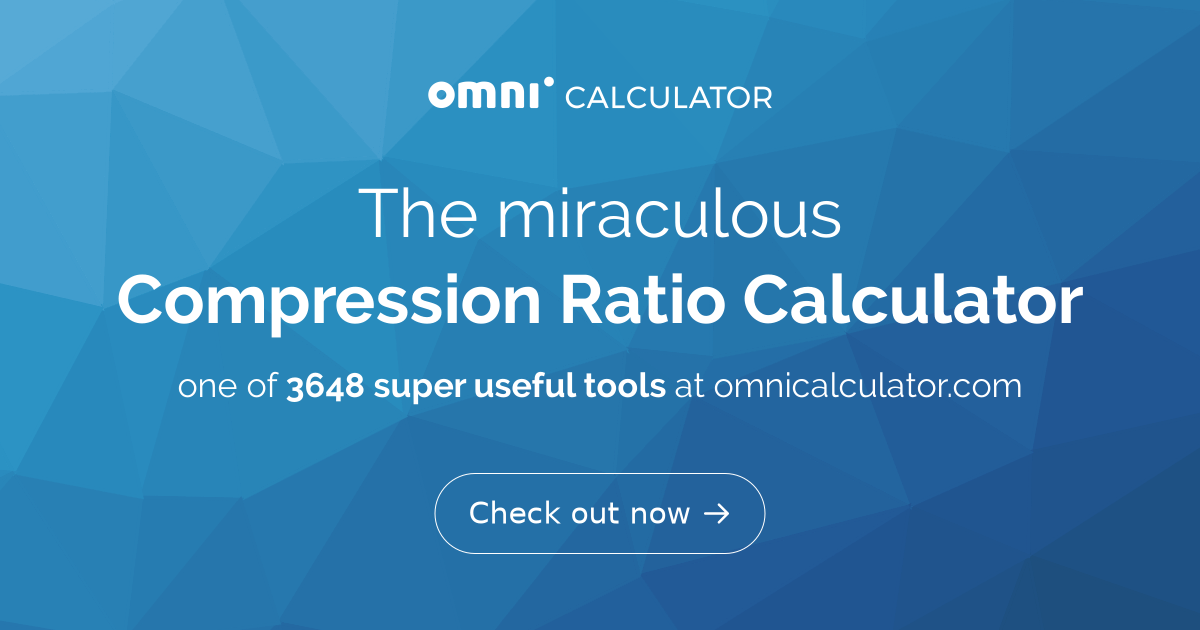I like to word vomit this often… from NR Racing
I like the taste of this vomit. Give a man a cam and he can cam for a day… teach a man to cam and he can cam continuously.
There are four important numbers on a cam. ICL (intake center line), LS (lobe separation), duration, and lift.
Don’t worry too much about lift. The Honda head (i.e. port design) does not respond much once the lift at the valve exceeds about .350. A .275 lift cam with 1.3 rockers will achieve this. We have spent a lot of time on the flow bench, and unless the head is radically changed you will not see much gain past .350 lift.
Duration is another story. This is how long the valve is kept open. Hondas love lots of duration. We have run as much as 300 at .050, but 260 seems to be a good compromise better power and tractability. As duration goes up, so does the rpm at which max power is made. At the same time idle quality goes down along with low-end torque. An engine with a lot of duration will scream and make lots of power but can be a dog off the corners and/or trying to get started, not to mention idles at 3000 rpm.
Typically 210 to 220 makes for high torque motors that start and stop a lot, use low rpm stall/clutches, and see a wide range in operating rpm. These motors will peak somewhere between 4500 and 5500, and will pull to 6500.
250 to 260 are for the 7000+ motors that don’t see RPM much below 5000.
Needless to say, 230 to 240 cams fall in the middle.
One interesting thing about duration, the smaller the carb, the more duration can help a motor. With small carbs, usually the cam/ports will flow more than the carb can deliver. The only way to improve power is the hold the valve open longer. In other words, where going from a 240 to a 260 cam on a motor running a 28 mm Mikuni will only show a 10% improvement in peak HP, doing the same on a motor with a stock carb can show a 20% improvement.
Almost as critical as duration, is the ICL. This is the intake [Center Line] and will range from 98 to 116 degrees. It is also referred to retard or advance in the cam. This determines the where the peak torque will occur. Most cams fall in the 102 to 110 range. FYI: Honda 160s are around 105 and GX200s around 110 from the factory (retarded for emissions).
A cam with a 102 will have power range/peak around 1000 to 2000 rpm lower than a cam with 110 ICL. It will also have considerable more low-end torque and will pull a lot harder off the corners. For very, very small tracks this can translate into significantly lower lap times despite having lower HP. For Boats, winch boarding, rock climbing ATVs, these cams can make huge differences. Depending on the application, it is possible to stall a motor that has a high ICL, whereas advancing the cam produces great results.
At the other extreme, a cam with 114 ICL might peak in the 9000-rpm range. On a large track (1/2 mile) where the rpms never get below 7500, it would be unbeatable. However, you would need a clutch that engages at 5000+ just to get moving. Not always fun for a street toy.
The other important number is the LS (lob separation), which determines the amount of overlap. These will range from 100 to 115, but most cams will be in the 106 to 110 range. As a general rule the lower the number, the more HP, but the with a smaller power band. However, the wider (less overlap) the LS, the more dynamic compression a motor can build. For high compression engines, overlap is needed to bleed off compression at lower RPMs preventing detonation. Anything over 11 to 1 should be using a 106 to 107 LS. For lower compressions, it depends on how wide a power band is desired. If you want a power band of only a few 1000 rpm (typical for oval tracks), then go with a narrow LS, however if your rpm ranges from 2000 to 7000 (road courses), then you may want a wide LS.
The duration, ICL, and LS all work together and changing any or all of these numbers can have a significant impact on how a motor performs.

